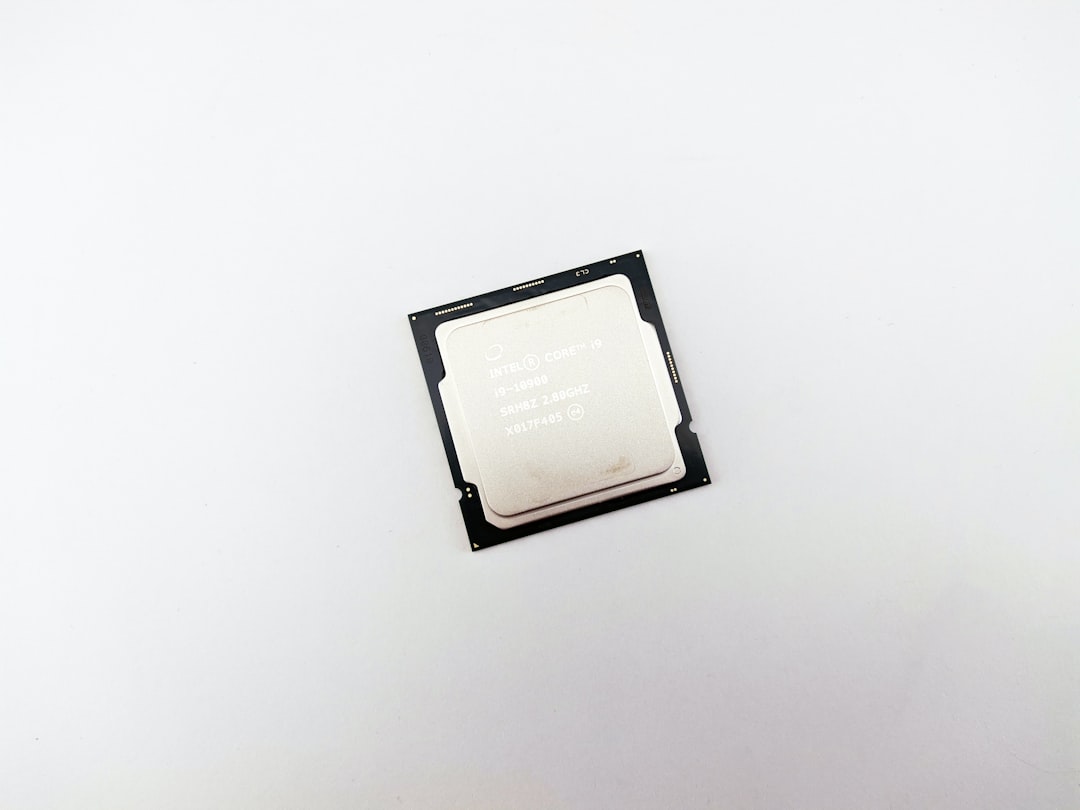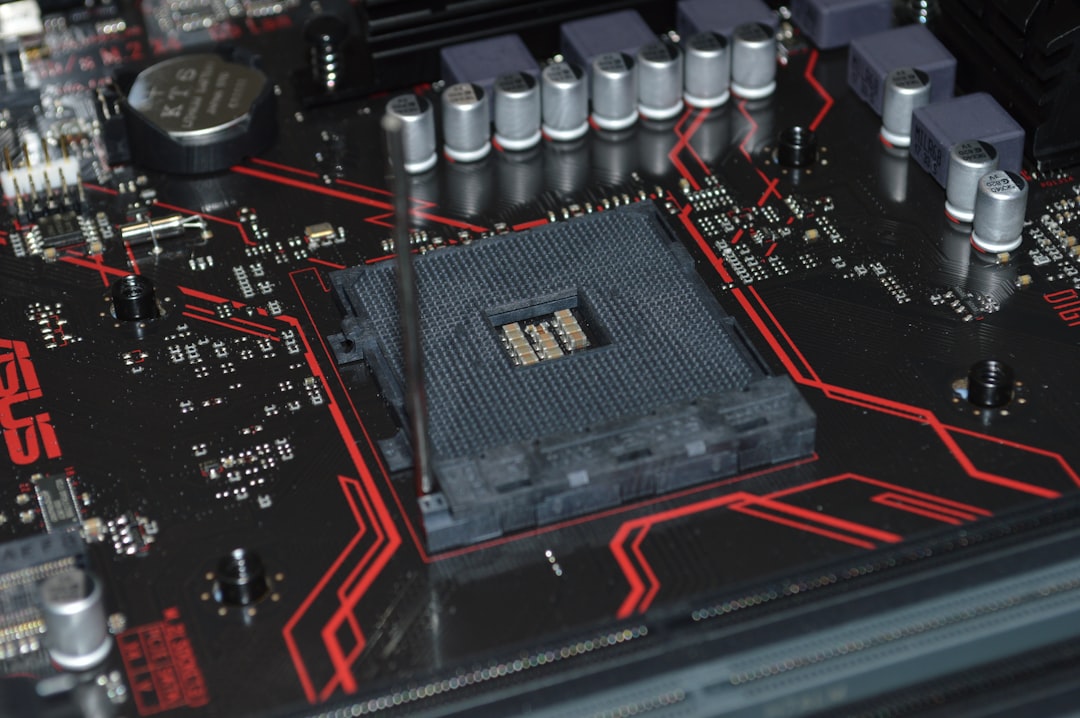Modern computing systems are built with multiple layers of software and hardware-based security. One such layer, found in many systems running Intel processors, is a little-known component called Intel Security Assist. Although often overlooked, this software can sometimes appear in application lists or system processes, prompting users to wonder whether it’s safe, necessary, or possibly a security risk. This article aims to provide a clear explanation of what Intel Security Assist is, its main features, and whether it’s something you should consider disabling.
What Is Intel Security Assist?
Intel Security Assist is a utility from Intel Corporation that provides a data delivery channel for Intel’s hardware-based security and management technologies. More specifically, it works alongside Intel Active Management Technology (AMT), which is a part of Intel’s vPro platform designed primarily for IT professionals managing large enterprise networks.
Its primary role is to help facilitate secure communication between the management console and your system’s firmware. While it’s not integral to the operation of your system for typical home users, it does become relevant for business IT administrators who need remote access and control capabilities.

Key Features of Intel Security Assist
While the application operates mainly in the background, its functionality includes a few critical elements:
- Secure Communication Support: Helps Intel AMT provide encrypted communication between client systems and IT administrative consoles.
- Hardware-Level Authentication: Assists in verifying system integrity at the hardware level before the operating system boots.
- Remote Management Enablement: Essential for enabling remote access, diagnostics, and even powering systems on or off through the AMT platform.
It’s worth noting that most of these features come into play only in corporate environments. If you’re not using Intel AMT or don’t work within a managed IT infrastructure, the tool likely doesn’t perform any significant functions for your computer use.
Is Intel Security Assist a Security Risk?
At first glance, the name might suggest it’s a third-party antivirus or security tool, leading some users to question its legitimacy. However, being a first-party application developed by Intel, Intel Security Assist itself is not inherently dangerous.
That said, the software has come under scrutiny because of its association with remote management features. In some older reports, it was suggested that Intel’s remote access tools could be exploited if not properly configured — especially in systems with outdated firmware. These concerns typically arise from vulnerabilities in Intel AMT rather than Intel Security Assist itself, but it’s important to make sure all firmware is updated to mitigate such risks.
Should You Disable Intel Security Assist?
This mainly depends on your use case. Here’s a breakdown to help you decide:
- You should consider DISABLING it if:
- You’re a home user with no use for remote IT management tools;
- You’re focused on minimizing background services for optimal performance;
- You want to reduce potential security risks by limiting unused services.
- You should KEEP IT ENABLED if:
- Your organization uses Intel vPro or AMT functionalities;
- An IT department has configured your system for remote support and monitoring;
- You understand and rely on the functions provided by Intel’s security and management engine.

How to Disable It
If you’ve determined that Intel Security Assist isn’t essential for your machine, disabling it is relatively straightforward. Follow these steps:
- Open the Control Panel.
- Navigate to Programs > Programs and Features.
- Search for Intel Security Assist.
- Right-click the program and select Uninstall.
Alternatively, you can also disable the service via Task Manager > Startup tab to prevent it from launching automatically without uninstalling it entirely.
Conclusion
Intel Security Assist plays a niche but important role in enterprise settings, particularly when it comes to system management and hardware-level authentication. However, for the average home user, it’s not a necessity and can be safely removed or disabled without negatively affecting the system’s performance or functionality. Being informed about such utilities helps users make better decisions about their system’s security posture, stability, and performance.
